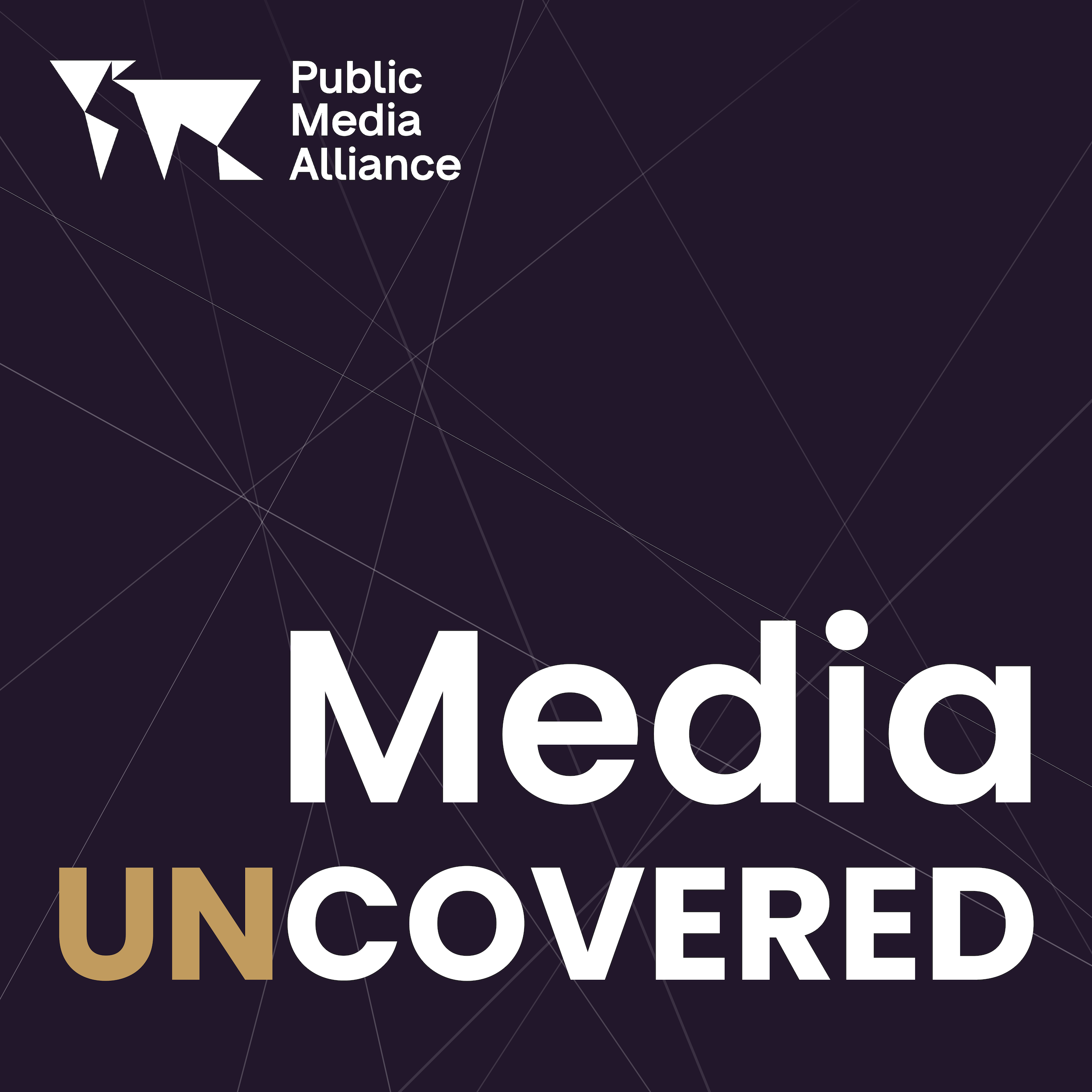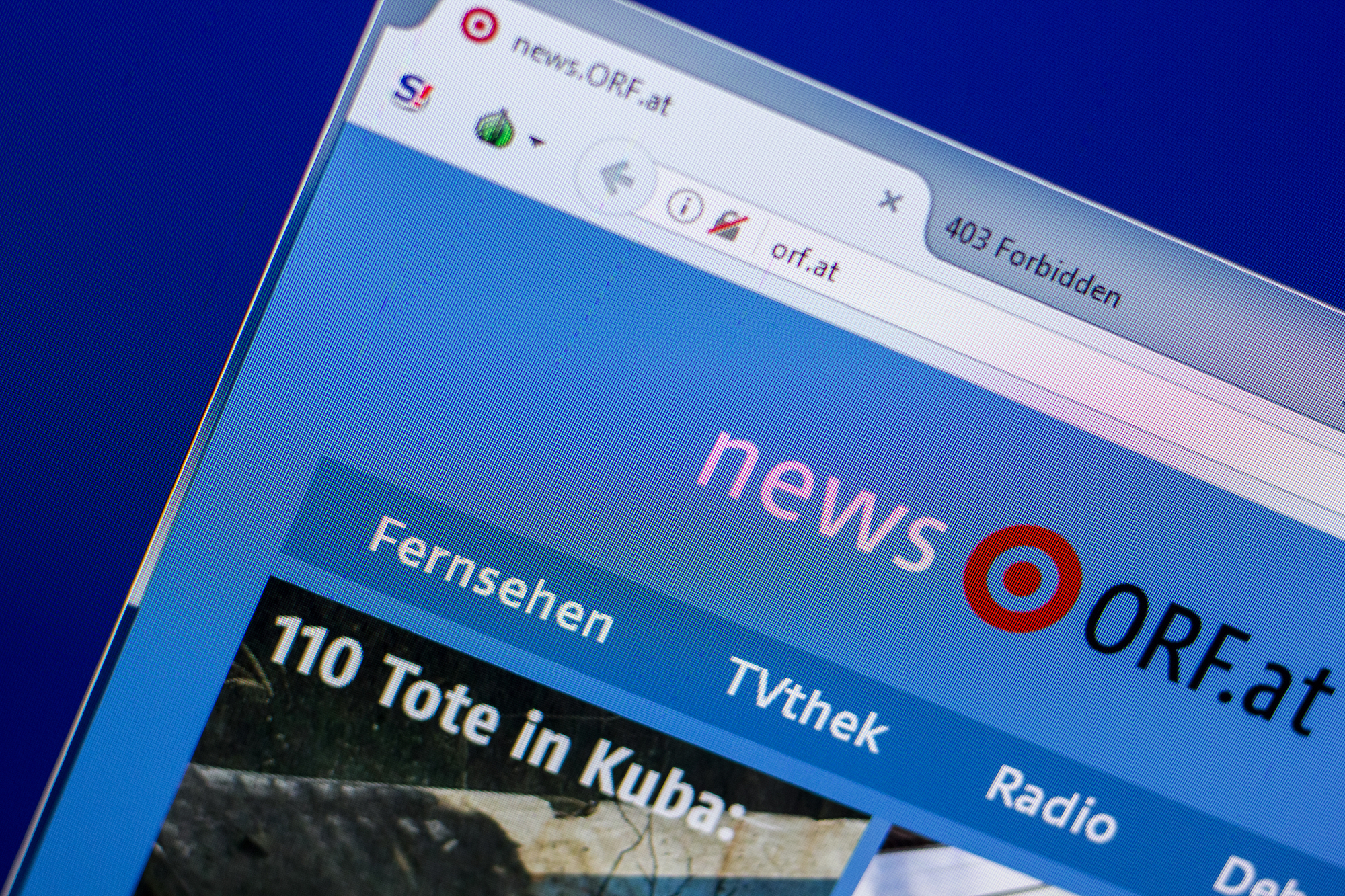INSIGHT
Maintaining values in a time of transition
29 July 2024
Public service media have never had so many avenues through which to reach audiences. But in this year of elections, it is more important than ever for public media to adapt without losing sight of their core values.

This Insight was originally published in the ABU’s Future of News in Asia and the Pacific Report 2024.
By Harry Lock, Editorial Manager at the Public Media Alliance
Each arrival of a new third-party platform comes with the promise of a new audience demanding new forms of content – an audience that, prior, PSM was never able to reach. The choices over which third-party to use can be dizzying, and the potential can be overwhelming.
This modern media market aides certain core values of public service media, such as universalism and accessibility. Public media – both through their own digital platforms and through third-party digital platforms – are now just a finger tap away from their audience.
With social networks becoming the go-to method of news consumption for the young and digitally literate, some major PSM are adopting ‘digital first’ strategies – putting the emphasis on producing and distributing content primarily for digital channels – to maintain relevance.
Risks are inherent in this strategy. While many public media have invested strongly in homegrown digital platforms – from mobile apps to streaming platforms – third-party digital platforms such as Apple Podcasts or Instagram remain some of the most cost- effective and essential ways of reaching audiences with public media content. In using these platforms – the new gatekeepers – public service media surrender a degree of autonomy, they sometimes sacrifice final editorial control, and they can lose prominence.
The growth and scale of many of these platforms far outweighs that of all legacy media in many jurisdictions, resulting in a severe loss of bargaining power for many PSM. Negotiating fair levels of compensation for the use of content, or even for the scraping of content by AI, is proving near impossible. As shown in Canada, efforts to compel big tech firms to reimburse news media for the content they provide are proving difficult, with Facebook taking the disproportionate and harmful decision to stop hosting news completely.
Listen toour podcast
Uncovering and exploring the biggest
issues facing public media
None of which is to say these are red lines. Public service media organisations remain on third-party platforms because they recognise it’s where audiences are and will continue to be. There is certainly an important, value-driven case to be made for why PSM should embrace the use of these platforms, even if it’s simply as a counter to mis- and disinformation on those platforms.
But while this is the flashy, cutting-edge side of public service media, it is also crucial to not forget those audiences for whom public media means public broadcasting. The audiences for whom linear radio and TV – provided by their national broadcaster – is the essential way of consuming news and information.
This brave new world of rapidly evolving platforms, content creation, and distribution methods cannot be allowed to compromise that which identifies public service media from its private and state media competitors: independence, trust, transparency, accountability.
“Public media can’t afford to lose its traditional audience … but public media has to really adapt to serve younger people with the same values but in completely different formats,” Nic Newman, of the Reuters Institute for the Study of Journalism, recently told PMA’s Media Uncovered podcast. “This is the dilemma: within constrained budgets, how do you speak to two audiences who want things increasingly differently?”
Which begs the question: In the past century of public service media, has there ever been a time when audiences have been so disparate in both the way they receive news and information, and the way it is presented?
The rise and popularity of social networks such as TikTok indicates that young audiences want news packaged in a bitesize length, filmed in portrait-mode, and delivered casually. Compare this to the way news and information is presented through legacy channels.
Yet public service media – through its mission to serve and reach all audiences – must find this balance. Move too quickly towards a digital transition and risk losing your traditional audience; don’t move at all and say farewell to the younger, digitally literate audience.
Meanwhile, public media must continue to innovate and experiment to remain apace with their digital and traditional competitors.
“Do all of this and do it within more constrained budgets” – this is often seen as the reality of the challenge.
Audiences desperately need public service media. They need to be able to access news and information which is reliably sourced and editorially independent, from a brand they can trust. They need to be offered news that is impartial, balanced, and fair, from journalists who ask critical and searching questions.
While news is in transition, those values are not. This brave new world of rapidly evolving platforms, content creation, and distribution methods cannot be allowed to compromise that which identifies public service media from its private and state media competitors: independence, trust, transparency, accountability. Against mis- and disinformation, against increasing polarisation, against political actors who would do public media harm – public service media must continue to be a source of accurate information.
About the author

Harry Lock is the Editorial Manager for the Public Media Alliance
Our thanks to Deborah Steele and the Asia-Pacific Broadcasting Union. The Future of News in Asia and the Pacific report was published at the ABU’s News Group Meeting & Global News Forum held in Bangkok in July 2024.




